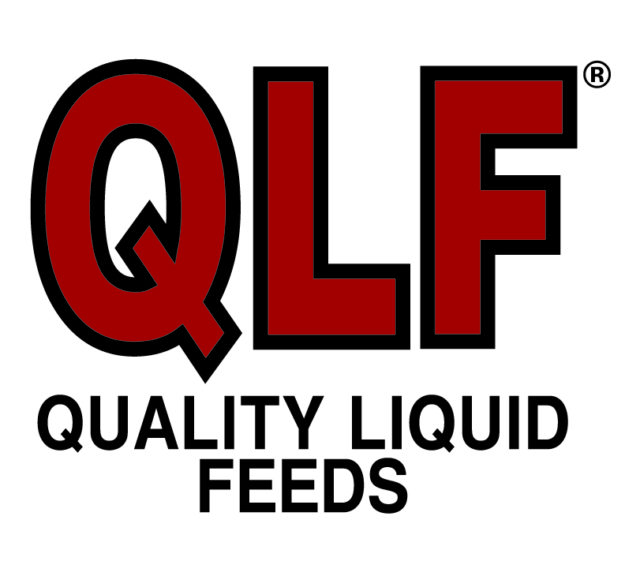A Livestock Market Information Center (LMIC) canvass of a number of industry analysts indicated expectations that there may have been a decline in July 1, 2014 total cow inventories of 1 to 2 percent, especially due to a suspected decline in beef cow inventories. However, those industry analysts canvassed by LMIC had a wider divergence of expectations for replacement heifers ranging from a slight decline to an increase.
Another repercussion from the absence of NASS’ mid-year Cattle report is that feeder cattle supplies outside feedlots cannot be calculated in the traditional way. There are no official USDA estimates, but industry analysts thought that there was a decline of about 2 percent in year-over-year July 1 supplies of feeder cattle outside feedlots. While light-weight feeder cattle placements have been lower year over year, placements of the two heaviest categories (Cattle on Feed) have been up significantly for the last 2 or 3 months.
Given the large numbers of feeder cattle weighing 800 pound or more that have been placed on feed, feeder cattle of any size could become relatively scarce this fall and winter. Heavier cattle on feed could also mean that marketings from feedlots of 1,000 head or more and steer and heifer slaughter during the first half of 2014 could be front-loaded, swelling first-quarter slaughter beyond that typical with current cattle-on-feed inventories. Second quarter and beyond marketings from feedlots of 1,000 head or more and steer and heifer slaughter are expected to be lighter year over year as well as for most of 2014. This scenario could be exacerbated if anticipated lower corn prices also facilitate a shift to lighter weight placements in feedlots that would tend to be finished for market later than heavier placements.
Although cattle futures markets responded sharply to the recent announcement that Tysons Foods will indefinitely suspend purchasing cattle fed the feed supplement Zilmax as of September 6, the impacts on the cattle and beef sectors remain uncertain. Currently, Tysons is the only major packer suspending purchases and the suspension only affects one class of beta-agonist. To the extent that producers switch to another widely used product or take advantage of cheaper corn to increase the amount of time on feed, the effects of the suspension on beef supplies may
be mitigated.
Even before Tyson’s letter to cattle feeders, 5-day moving average cutout values had begun to seasonally increase from a low of $180.54 per hundred pounds (cwt) on August 5, 2013. Any boost in wholesale cutout values if beef supplies are tightened as a result of Tyson’s Zilmax ban will likely be relatively small. However, packer byproduct values have been declining since the 5-day moving average “drop credit” or value of hides, offals, and other non-muscle meats from a typical slaughter animal peaked at $14.76 per cwt on July 15 and the potential impact of further declines on the packer margins may more than offset any potential gains in wholesale beef prices from the suspension.
Based on weekly data through late July, federally inspected cow slaughter appears to be easing. Such easing is expected to continue through the year and should reduce supplies of processing beef (e.g., 90-percent lean beef) and exert positive pressure on prices for both domestic culled cows and imported frozen 90-percent lean beef.
Retail beef prices show no signs of declining significantly for the near term, especially with inadequate cash market supplies of 50-percent lean beef trimmings providing a positive influence on the estimated monthly retail Choice beef price. The inadequate supplies of 50-percent lean trim in the spot market are reportedly due to packers using their production of the fatty trim for their own blending needs. However, it is also likely that supplies of fed cattle for the remainder of 2013 will be more than adequate, thanks to placements of heavy cattle—especially over-800- pound feeder cattle—over the last several months. These heavy weight placements will be ready for market after a shorter feeding period than for the more typical lighter weight cattle placed on feed both before and during the same period, bunching supplies of fed cattle when they all go to market at the same time. ![]()
Click here to read the full report.







